
Market Overview 2025-2033
South Korea nuclear imaging market size reached USD 310.0 Million in 2024. Looking forward, IMARC Group expects the market to reach USD 620.0 Million by 2033, exhibiting a growth rate (CAGR) of 7.20% during 2025-2033. The market is expanding due to increasing demand for early disease detection, a growing aging population, and advancements in radiopharmaceuticals. Growth is driven by technological innovations, government support, and rising prevalence of chronic diseases. With evolving healthcare needs, the industry is becoming more dynamic, precise, and competitive.
Key Market Highlights:
✔️ Strong market growth driven by rising prevalence of chronic diseases and demand for early diagnosis
✔️ Increasing adoption of advanced imaging technologies in oncology and cardiology
✔️ Expanding healthcare infrastructure and government support for nuclear medicine research and facilities
Request for a sample copy of the report: https://www.imarcgroup.com/south-korea-nuclear-imaging-market/requestsample
South Korea Nuclear Imaging Market Trends and Drivers:
The South Korea nuclear imaging market is changing fast. Hospitals and research institutions are using artificial intelligence (AI) in their diagnostic workflows. They deploy AI algorithms to improve the accuracy of positron emission tomography (PET) and single-photon emission computed tomography (SPECT) scans. For example, AI-powered image reconstruction tools cut scan times by 30–40%. They also boost lesion detection rates in oncology and neurology. This trend comes from partnerships between tech giants like Samsung and local healthcare providers. They aim to create AI platforms for nuclear medicine. In 2024, the government set aside ₩120 billion to support AI adoption in public hospitals.
This funding will increase demand. However, challenges remain. Data privacy concerns and the need for specialized training for radiologists are still pressing issues. Theranostics combines therapy and diagnostics. South Korean pharmaceutical companies are investing in new radiopharmaceuticals that target cancer biomarkers. For example, drugs like 177Lu-PSMA-617 for prostate cancer and 68Ga-DOTATATE for neuroendocrine tumors are gaining faster regulatory approvals. The Ministry of Food and Drug Safety (MFDS) supports this with streamlined pathways.
In 2024, more than 15 clinical trials for theranostic agents were ongoing. This marks a 25% increase from the previous year. The rise is linked to an aging population and more cancer cases. The National Cancer Center noted a 12% increase in nuclear imaging referrals since early 2024. Companies like Celltrion and Lotte Biologics are also boosting their production of radiopharmaceuticals. They aim to lessen reliance on imports from the U.S. and Europe.
South Korea's nuclear imaging infrastructure is changing with new hybrid systems like PET/CT and PET/MRI. These systems merge anatomical and functional imaging, offering better diagnostic accuracy. Major hospitals, such as Seoul National University Hospital and Asan Medical Center, added 15 new hybrid scanners in 2024. This growth is fueled by reimbursements from the National Health Insurance Service (NHIS). These advanced systems are vital for treating cardiovascular and neurodegenerative diseases, where early diagnosis can greatly improve patient outcomes.
Moreover, the government's “Smart Healthcare City” initiative in Busan plans to open three public-private hybrid imaging centers by 2026. However, high installation costs, averaging ₩8–10 billion per unit, and maintenance issues still pose challenges for smaller clinics. The South Korea nuclear imaging market share blends technology, regulations, and changing demographics. A key factor is the government’s push for precision medicine. This makes nuclear imaging essential for projects like the “K-Genome Project.” In mid-2024, the Korea Institute of Radiological and Medical Sciences (KIRAMS) noted an 18% yearly increase in radiopharmaceutical use.
This rise comes from more diagnostic and therapeutic applications. Partnerships, like GE HealthCare’s joint venture with KAIST, boost local R&D for next-gen PET tracers. The market faces challenges. There is a shortage of certified nuclear medicine specialists, with only 320 available nationwide. Logistical issues also affect radioisotope supply chains. Despite this, growth appears strong. An aging population, with over 20% projected to be 65 or older by 2025, drives demand. Additionally, the NHIS is expanding coverage for advanced imaging. In the future, smaller, portable nuclear imaging devices and green technologies, such as low-radiation tracers, are set to transform the market after 2024.
South Korea Nuclear Imaging Market Segmentation:
The report segments the market based on product type, distribution channel, and region:
Study Period:
Base Year: 2024
Historical Year: 2019-2024
Forecast Year: 2025-2033
Breakup by Product:
Equipment
Single Photon Emission Computed Tomography (SPECT)
Positron-Emission Tomography (PET)
Radioisotope
SPECT Radioisotopes
PET Radioisotopes
Breakup by Application:
Orthopedics
Thyroid
Cardiology
Oncology
Others
Breakup by Region:
Seoul Capital Area
Yeongnam (Southeastern Region)
Honam (Southwestern Region)
Hoseo (Central Region)
Others
Competitive Landscape:
The market research report offers an in-depth analysis of the competitive landscape, covering market structure, key player positioning, top winning strategies, a competitive dashboard, and a company evaluation quadrant. Additionally, detailed profiles of all major companies are included.
Contact Us:
IMARC Group
134 N 4th St. Brooklyn, NY 11249, USA
Email: sales@imarcgroup.com
Tel No:(D) +91 120 433 0800
United States: +1-631-791-1145

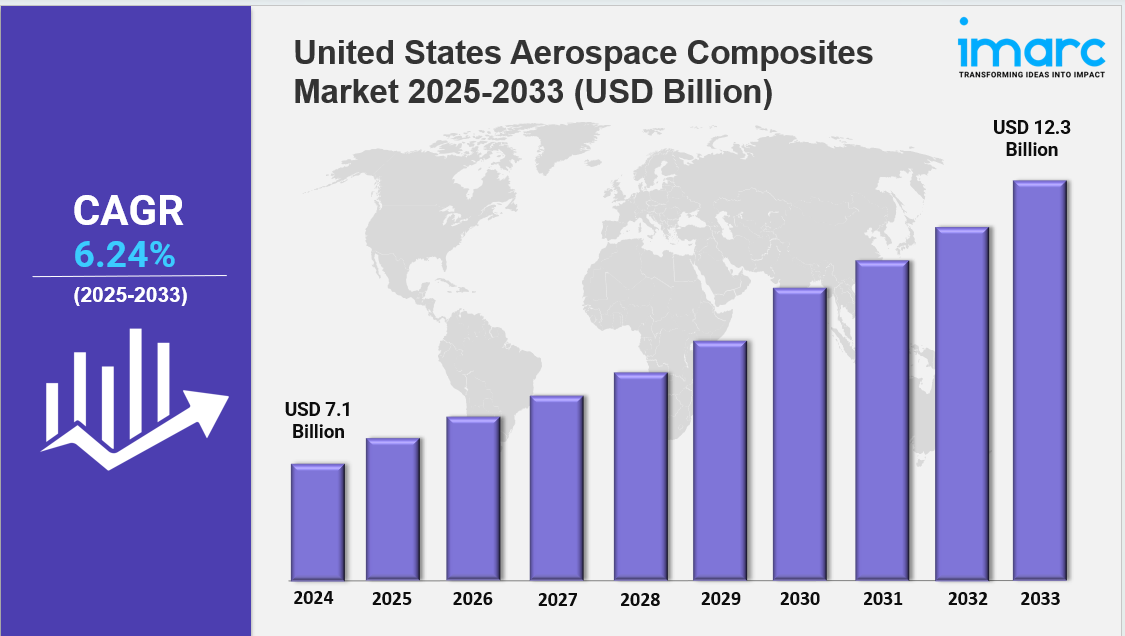
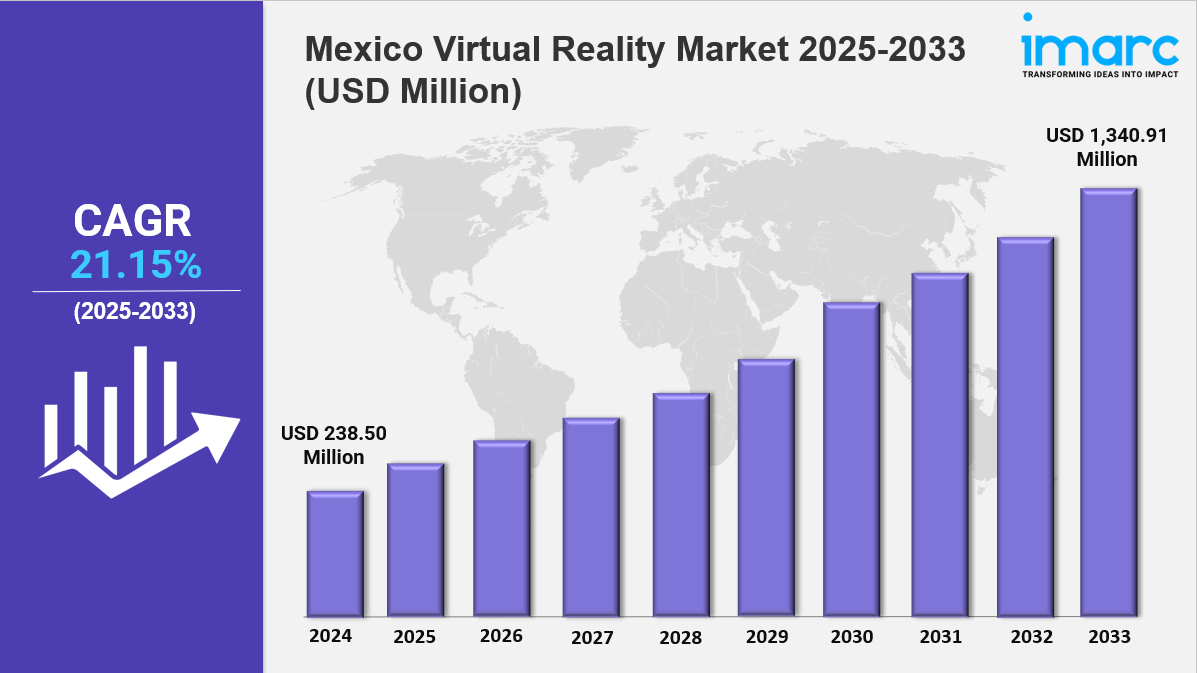
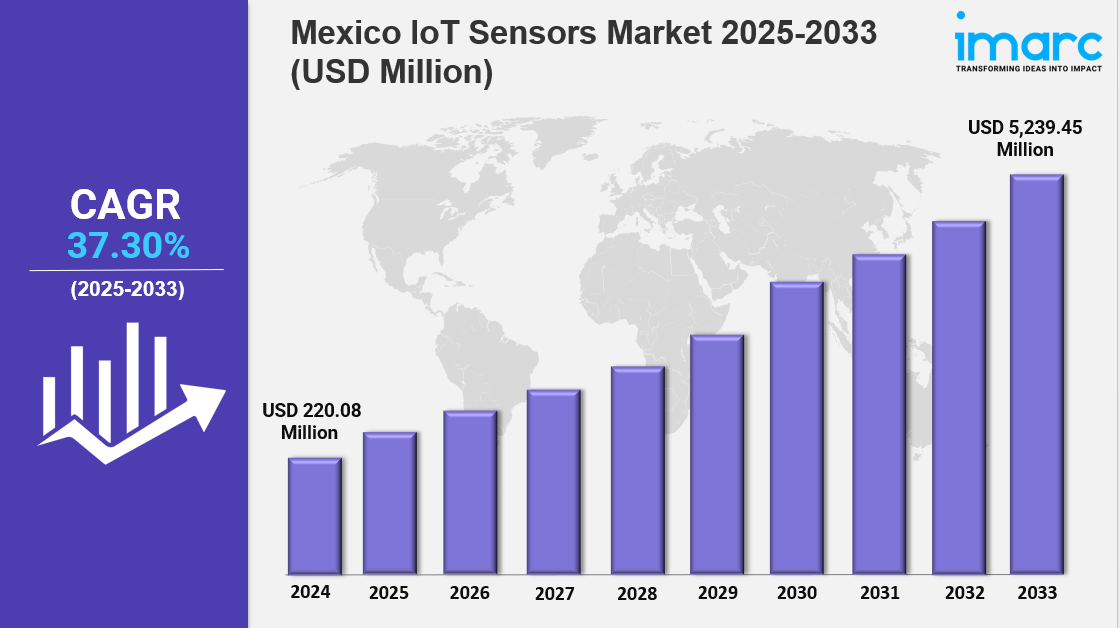
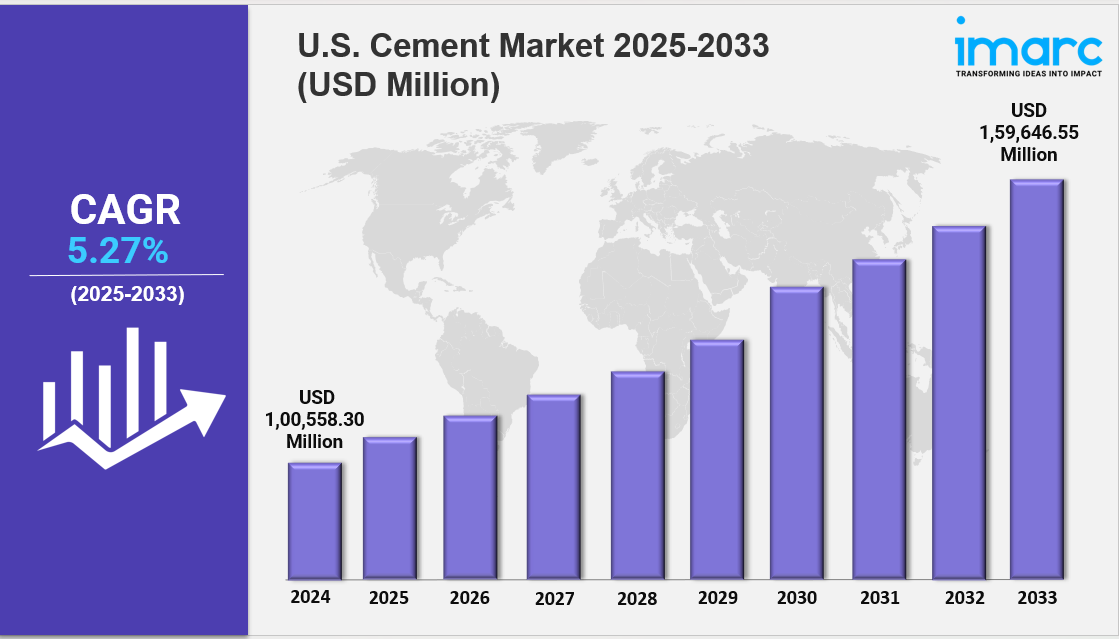
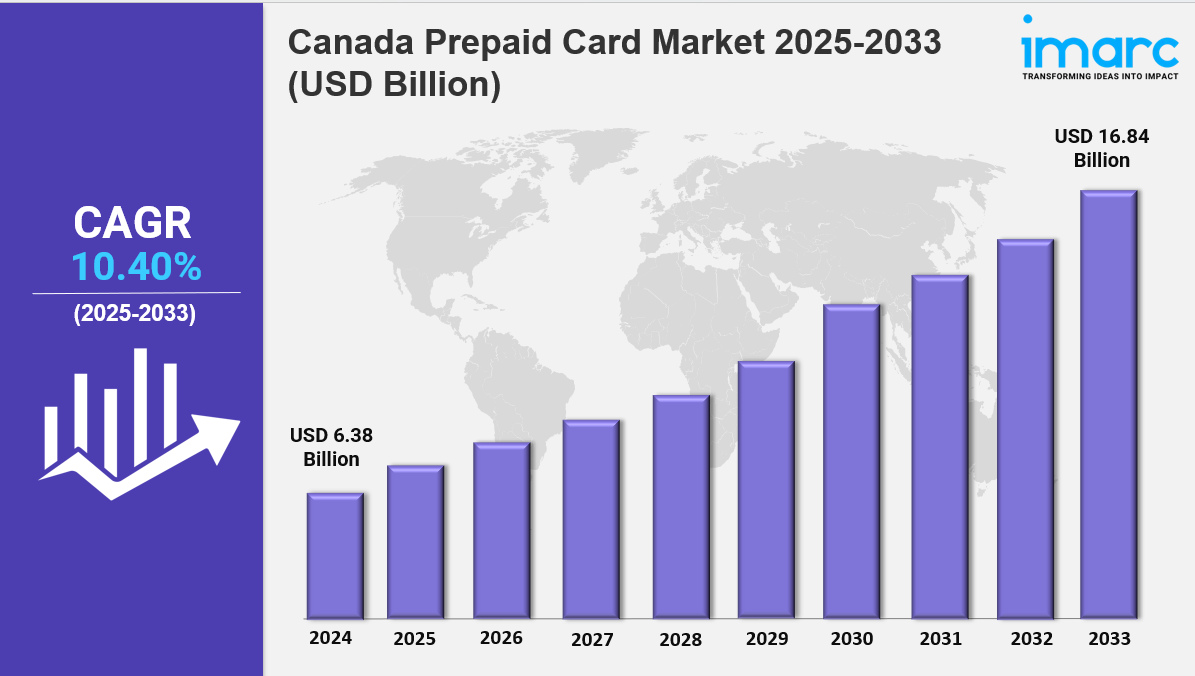
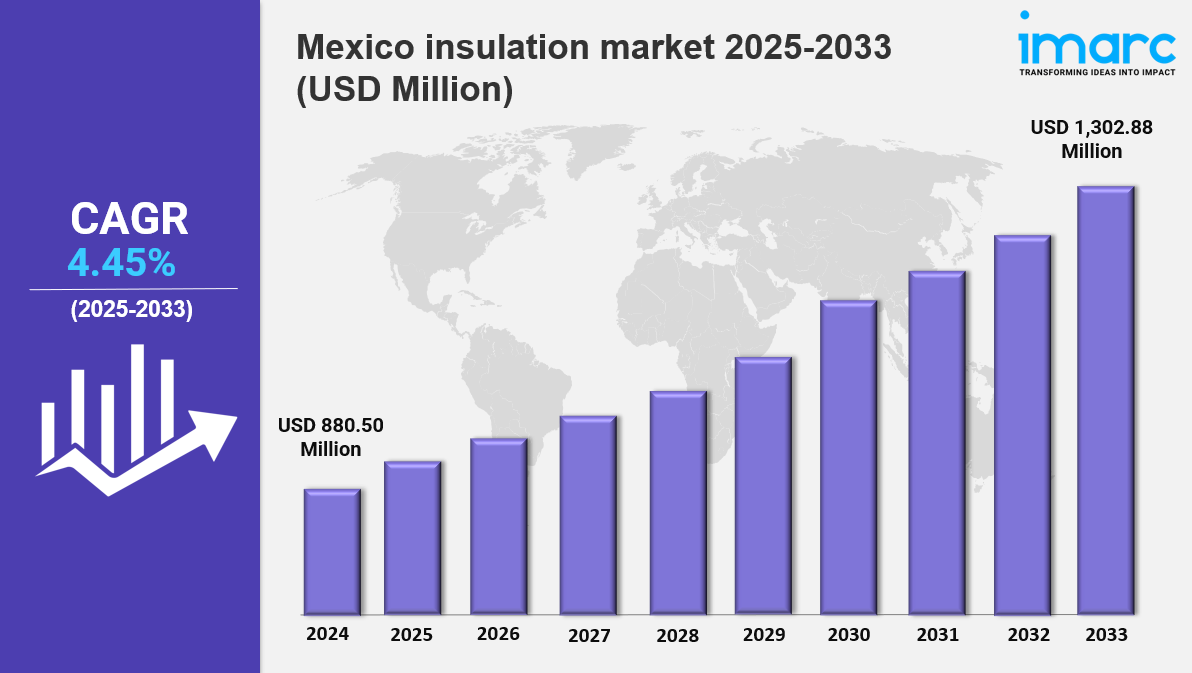
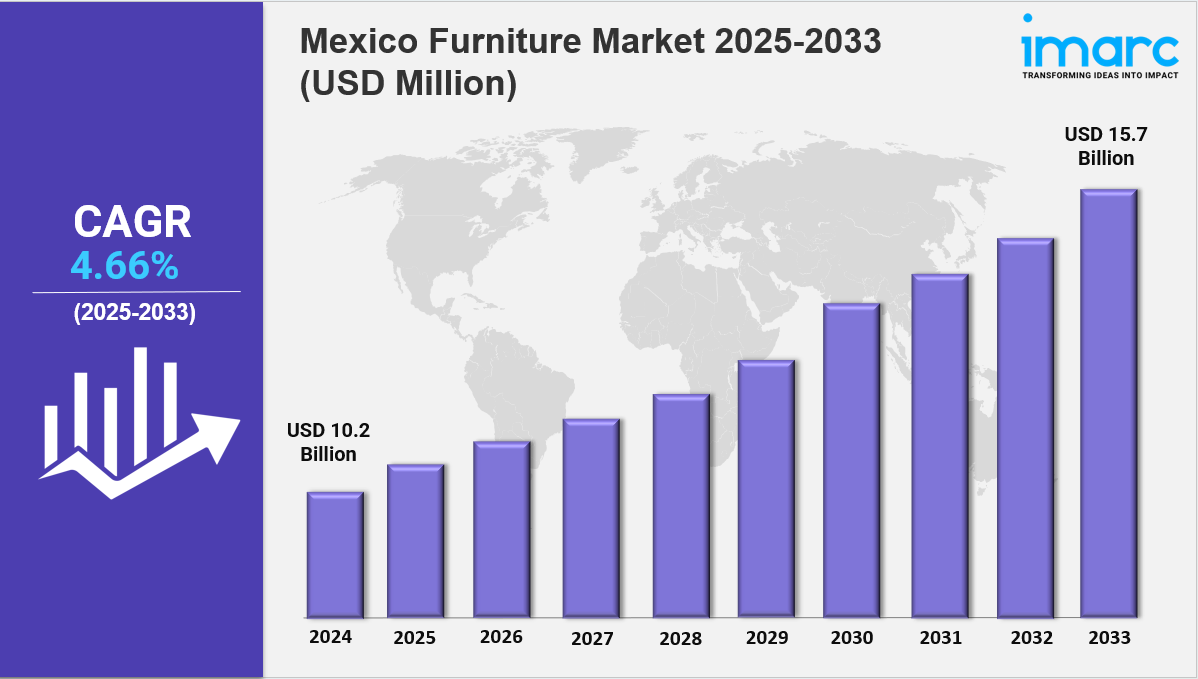
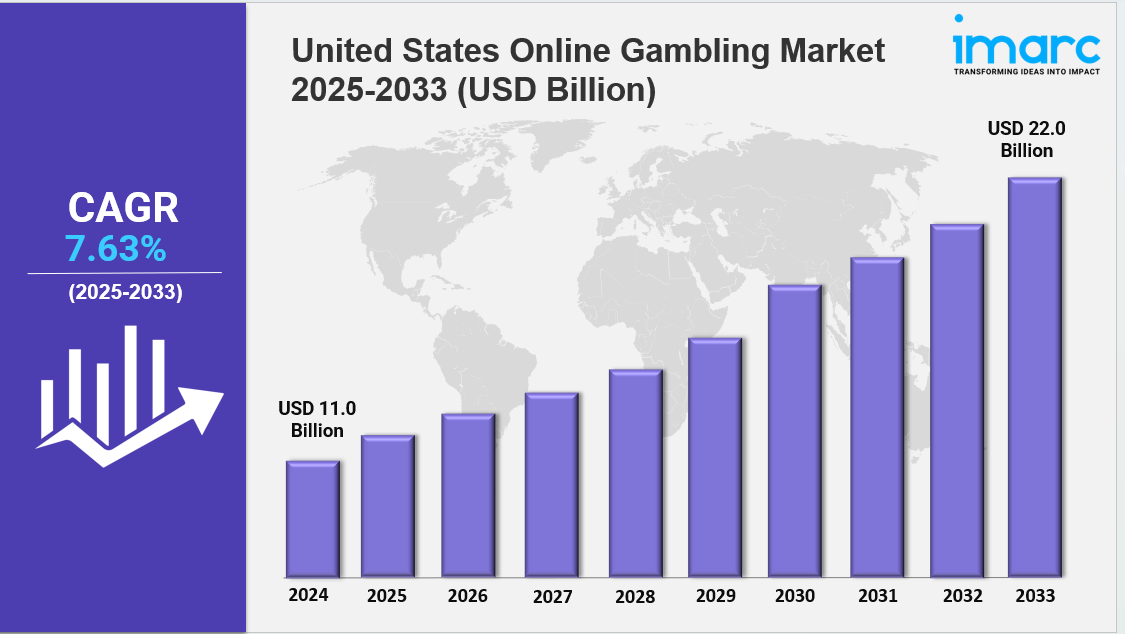
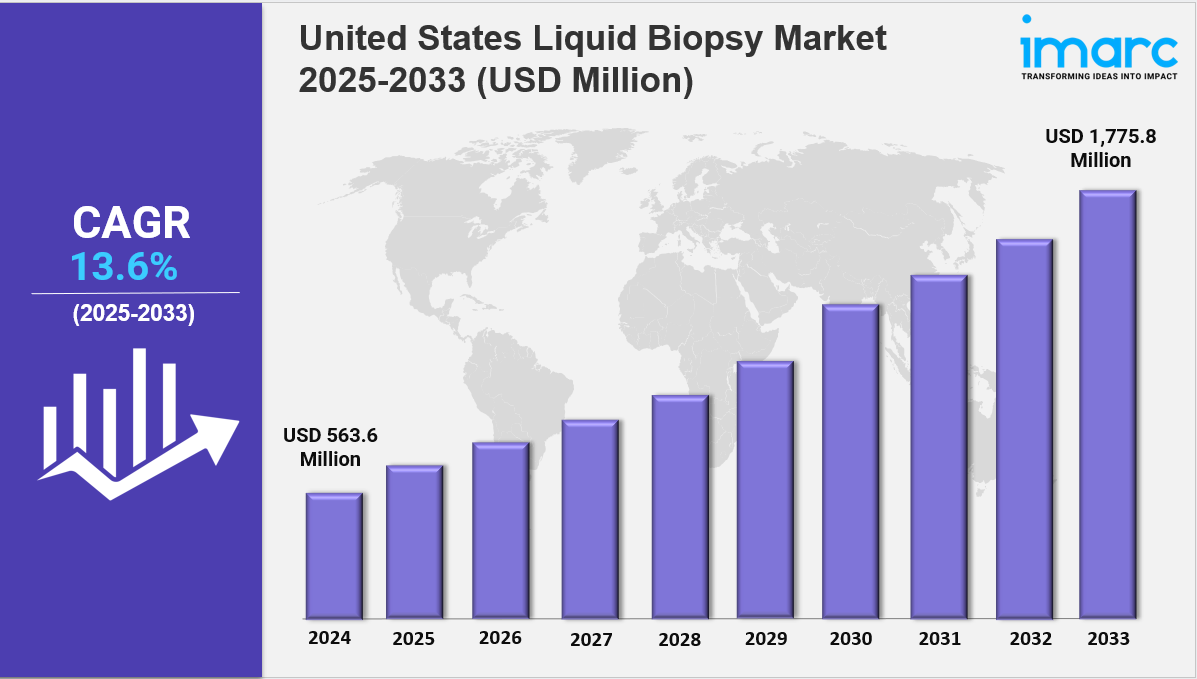
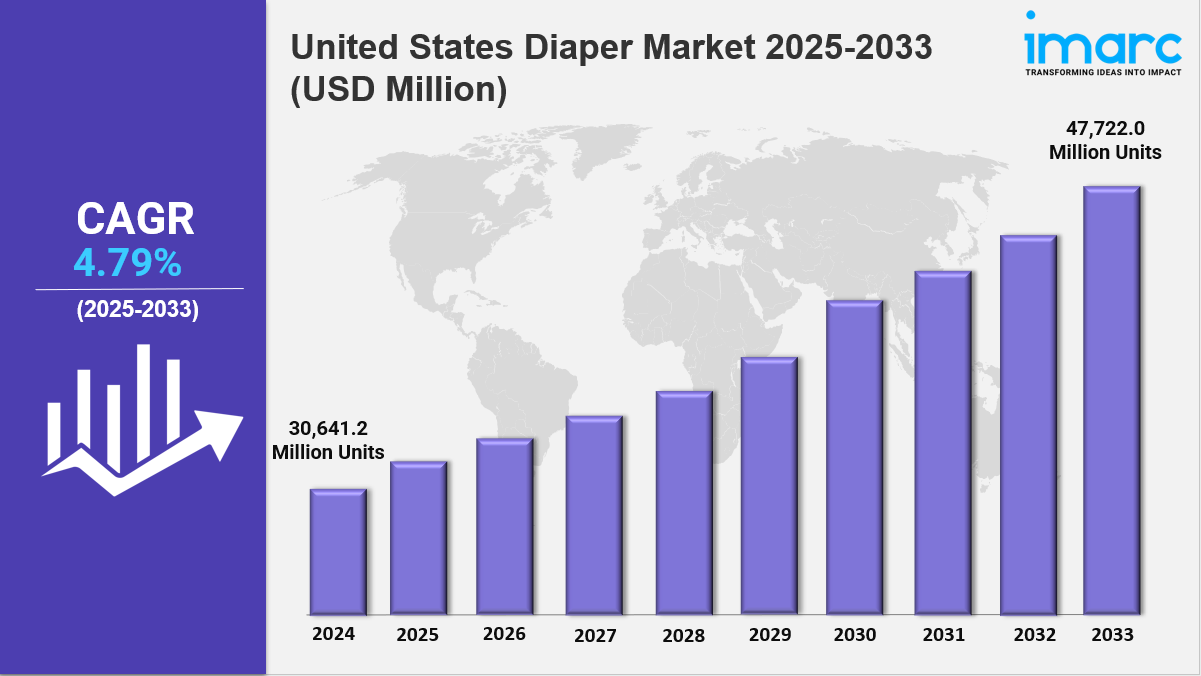
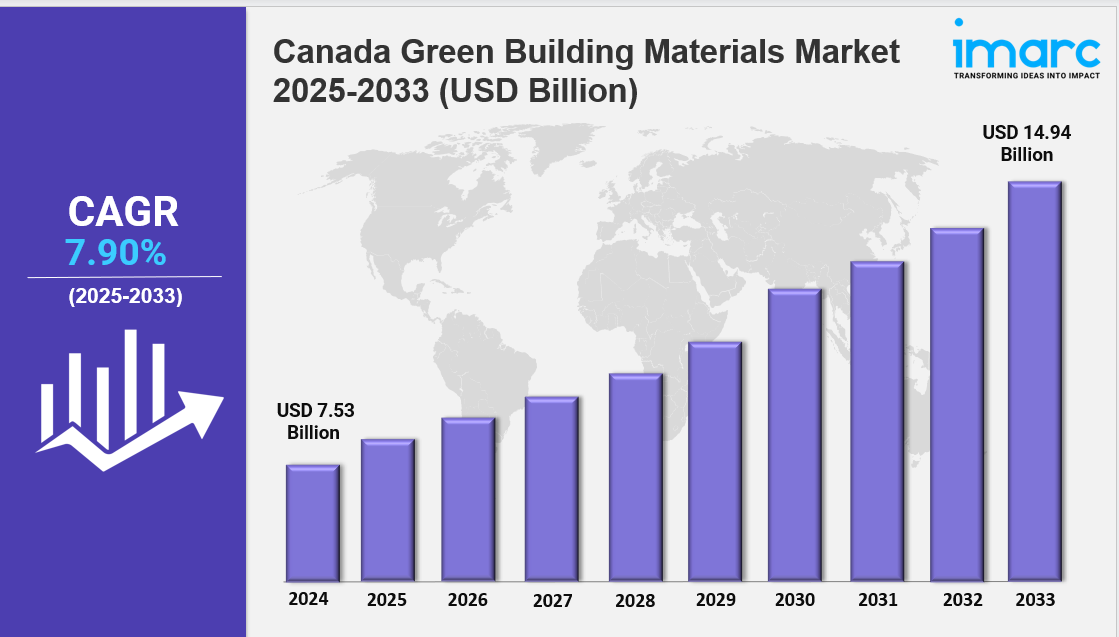

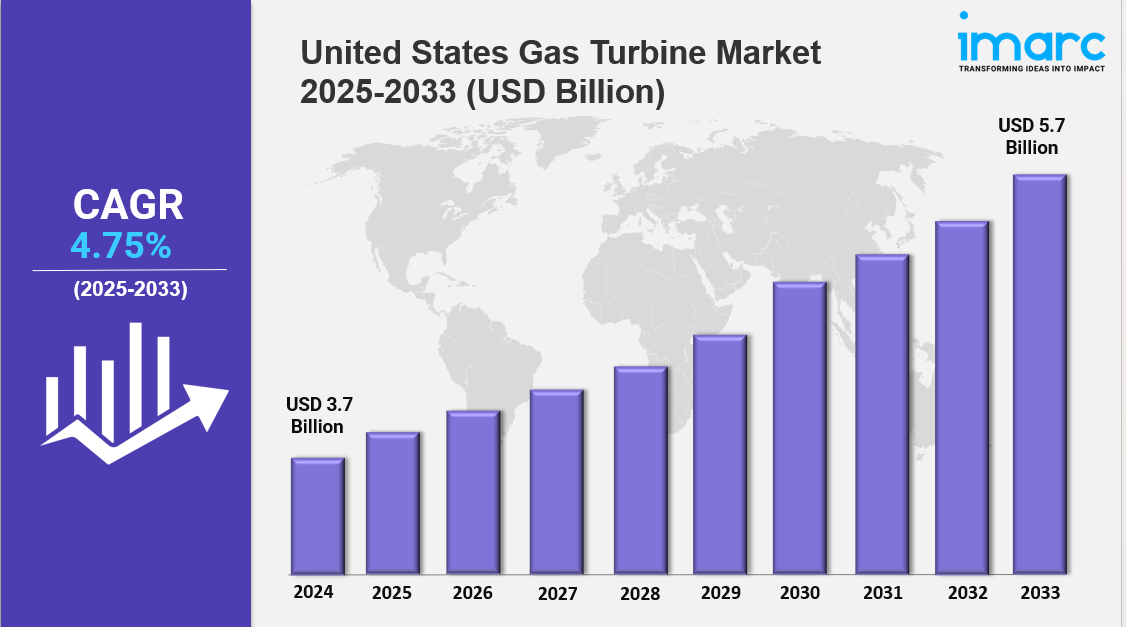
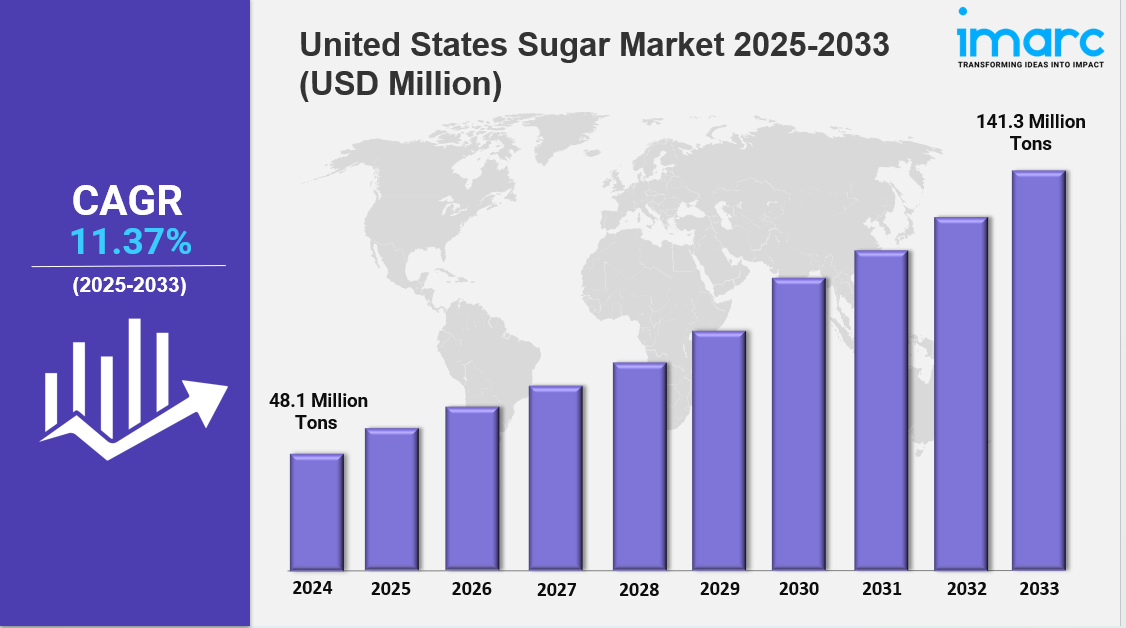



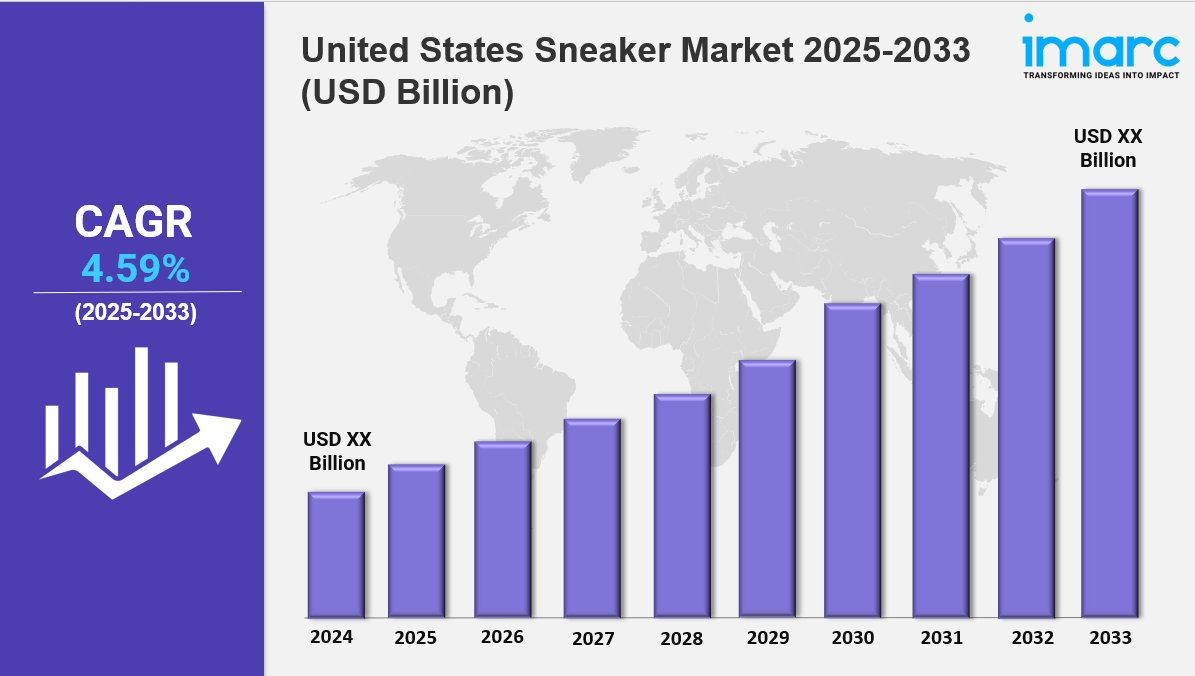

Write a comment ...